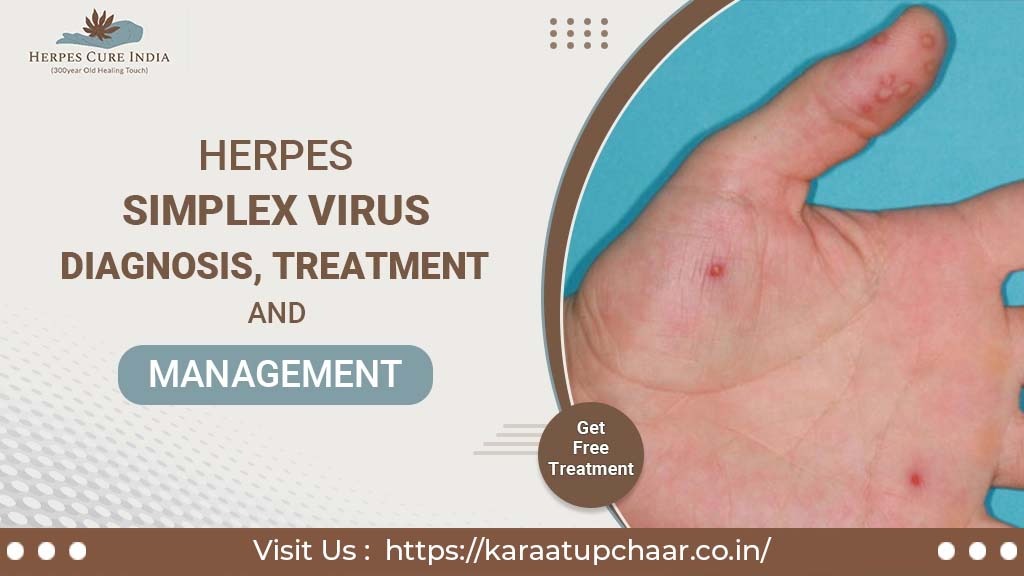
Understanding Herpes Simplex Virus Diagnosis and Treatment
Herpes simplex virus (HSV) is the causative agent of herpes infections. Oral herpes can cause cold sores on the lips or face, while genital herpes can affect the anal area, buttocks, and genital region. Shingles is another infection caused by the varicella-zoster virus, which is related to HSV. Herpes infections can also impact the eyes, skin, or other organs and are particularly dangerous for infants and those with weakened immune systems.
There are two distinct types of Herpes Simplex Virus:
Herpes simplex virus type 1 (HSV-1): Most often causes cold sores but can also lead to other conditions that require treatment.
Herpes simplex virus type 2 (HSV-2): Most commonly causes genital herpes but can also infect the mouth and other mucous membranes.
Herpes Simplex Virus Diagnosis typically involves physical examinations, laboratory tests, and possibly viral culture tests to determine the type of HSV infection and its location.
Transmission and Symptoms: How Herpes Simplex Virus Diagnosis is Made
HSV spreads through physical contact, and some people may experience no symptoms, while others develop painful sores at the point where the virus entered their bodies. Before healing, these sores turn into blisters, which can be extremely painful.
The vast majority of people experience outbreaks several times a year, though these occurrences become less frequent over time. Taking antiviral herpes medication treatment can reduce the severity and frequency of these outbreaks.
HSV-1 Treatment and Diagnosis
Oral herpes caused by HSV-1 can be diagnosed through physical examination and confirmed with lab tests if necessary. It is often transmitted through close contact with a sore, saliva, or other bodily fluids. People who come into direct contact with the affected area are at risk of contracting the virus.
Common ways HSV-1 spreads include:
- Kissing
- Oral sex
- Other forms of skin-to-skin contact
Sharing items like lip balm, razors, cups, and eating utensils is less common but still possible. The virus can survive outside the body for a few hours to a few days, but transmission through inanimate objects is rare.
HSV-2 Treatment and Diagnosis
Like HSV-1, HSV-2 (commonly associated with genital herpes) is transmitted through direct contact with herpes sores, saliva, or bodily fluids during an outbreak. Diagnosis is typically made through a combination of physical examination and lab tests.
Common ways HSV-2 spreads include:
- Kissing
- Oral sex
- Sharing sex toys
- Penetrative intercourse
- Skin-to-skin contact at the infection site
Although HSV-1 is typically associated with oral herpes and HSV-2 with genital herpes, both strains can cause either type of infection.
Recognizing the Symptoms: Key to Herpes Simplex Virus Diagnosis
Not everyone with HSV shows symptoms. Whether you have a primary infection or a recurrent one, symptoms can vary in severity.
Primary Symptoms of HSV:
After exposure, symptoms of a primary infection may appear within a few days to weeks. Early symptoms often resemble the flu and may include:
- Fever
- Swollen lymph nodes
- Body aches, such as headaches
- Fatigue
- Loss of appetite
- Localized pain at the infection site
Before blisters appear, you might feel tingling, burning, or itching at the infection site. These blisters can take up to six weeks to heal, and they remain contagious until fully healed. Sores often itch, and genital sores can make urination painful.
Recurrent Symptoms of HSV:
Recurrent symptoms are generally milder and heal more quickly as the body builds antibodies against the virus. Blisters that form during recurrent episodes may heal within days rather than weeks. Over time, symptoms become less severe, though they can still be uncomfortable.
Location of Symptoms: Crucial for Accurate Herpes Simplex Virus Diagnosis
The type and location of symptoms can help in making an accurate Herpes Simplex Virus Diagnosis. Both HSV-1 and HSV-2 can cause similar symptoms, but the location of these symptoms typically differs:
Genital HSV Infection: Pain or burning sensations during urination are common.
Oral HSV Infection: Eating spicy or acidic foods can be painful when sores are present in the mouth.
The site of oral blisters can also vary. Initial outbreaks may cause blisters on the mouth and lips, while later episodes often result in blisters along the edge of the lips.
Conclusion:
Accurate Herpes Simplex Virus Diagnosis is crucial for effective cure for Herpes Simplex and management of the infection. Whether you’re dealing with HSV-1 or HSV-2, recognizing the symptoms early and seeking appropriate medical care can help manage outbreaks and reduce their impact on your life.
For more information or to seek treatment, please contact us:
Call Us:
Raj Dulari (Hargovind Chahcha) – 9954064243
Manoj Agarwal / Sushil Agarwal (Son) – 9435115363 / 9435015362
Kamal Agarwal (Hargovind Chahcha) – 9013289821
